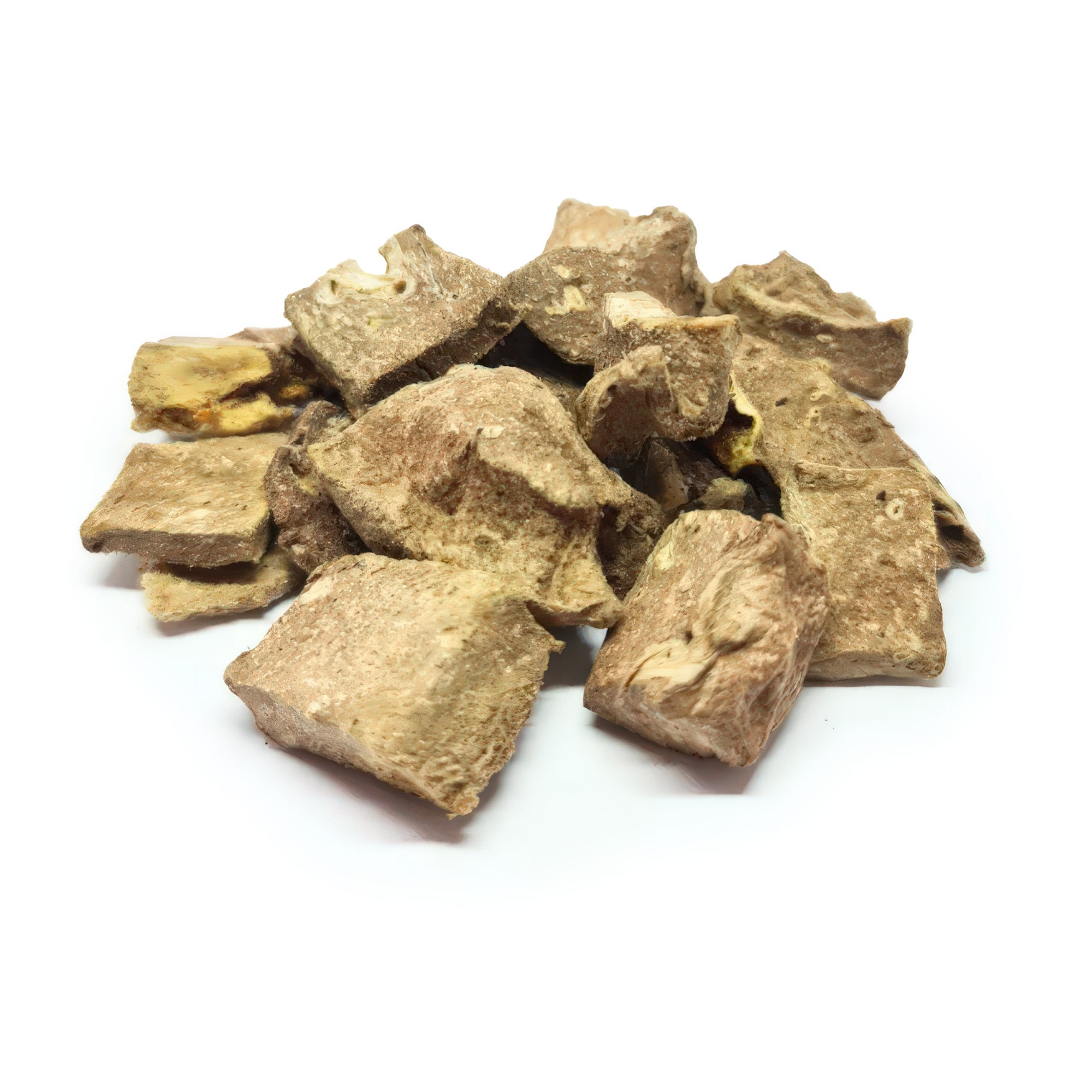
Norfolk Terriers
Share
Norfolk Terriers may seem small and cute at first glance, but they are much more than that. They are loyal, intelligent and fearless companions who love to play and have fun. Despite their small size, they are lively, confident and adventurous terriers.
Content: Norfolk Terrier
- profile
- Special features
- Nutrition
- Health and care
- Origin & History
- The right accessories
- Conclusion
Norfolk Terrier - Profile
- Character: Brave, lively, friendly
- Size: Small
- Height: 25-26 cm
- Weight: 5 - 7 kg
- Life expectancy: 11-12 years
- Coat type: Wiry, medium length
- Color: Red, Wheat, Black and Tan, Grizzle.
- Special features: Small terrier with characteristic erect ears, lively and courageous.
- FCI Group: Terriers
Enjoy moments together with our delicious dog chews!
Norfolk Terrier - Special Characteristics
Norfolk Terriers have a rather unremarkable appearance, which can sometimes lead to them being mistaken for mixed breeds. However, their nature is lovable, balanced and lively. Aggressive or nervous Norfolk Terriers are extremely rare. Although Norfolk Terriers are one of the smaller terriers and only grow to around 25 cm when fully grown, they should by no means be underestimated. They have a robust and strong structure and are not afraid to defend their territory. These dogs are compact companions who like to act freely and independently. With their weatherproof coat, they are versatile and pleasant. Their distinctive floppy ears and short legs give them a distinctive appearance. The coat of the Norfolk Terrier is hard, almost wiry, and falls rather straight. They share many characteristics with their close relatives, the Norwich Terriers . The main difference is the shape of the ears: Norwich Terriers have erect, pointed ears, while Norfolk Terriers have folded ears. Although Norfolk Terriers were originally bred to work in packs, they are more sociable than many other terriers. They have a pleasant nature and are not prone to aggressive behavior or fights.
Norfolk Terrier - What should be considered regarding nutrition?
Norfolk Terriers should be fed high-quality, natural and varied dog food appropriate to their age, weight and activity level. Obesity should be avoided and dog treats should be used sparingly. An adequate supply of fresh water is also important.
Norfolk Terrier - Health and Care
The Norfolk Terrier should always be kept on a leash as they have a strong hunting instinct. A fenced area will allow them to roam freely. Grooming requires removing excess undercoat by gently plucking to encourage healthy coat growth. This process is called trimming. Bathing should be avoided and regular ear and eye checks are advisable. Teeth should also be brushed regularly. Norfolk Terriers are generally healthy dogs but can develop heart and eye problems or patellar luxation.
Make your dog happy with our delicious snacks!
Norfolk Terrier - Origin & History
The Norfolk Terriers originated in England and the USA, where they were initially classified as Norwich Terriers. The name Norfolk refers to the northern English city of Norwich in the county of Norfolk. These terriers were developed to hunt rats and other rodents. After long debates, they were recognized as a separate breed in 1964 and later included in the official dog breed lists. The FCI recognized the Norfolk Terrier in 1966.
Norfolk Terrier - The right accessories
The Norfolk Terrier should always be walked on a leash as he has a strong hunting instinct. It is important that the leash is not a flexi leash and a harness should be avoided. It is also advisable to have toys and a tracking leash ready for long walks.
Conclusion
The Norfolk Terrier is a lively little dog with an elaborate coat that requires regular trimming. They should always be kept on a lead when being walked as they have a strong hunting instinct. Grooming is generally easy but requires regular ear, eye and dental checks. This breed is generally healthy but can develop heart and eye problems. They make good companion dogs for active owners and require social interaction and mental challenges.
First-class dog chews for happy sniffing noses available here!















